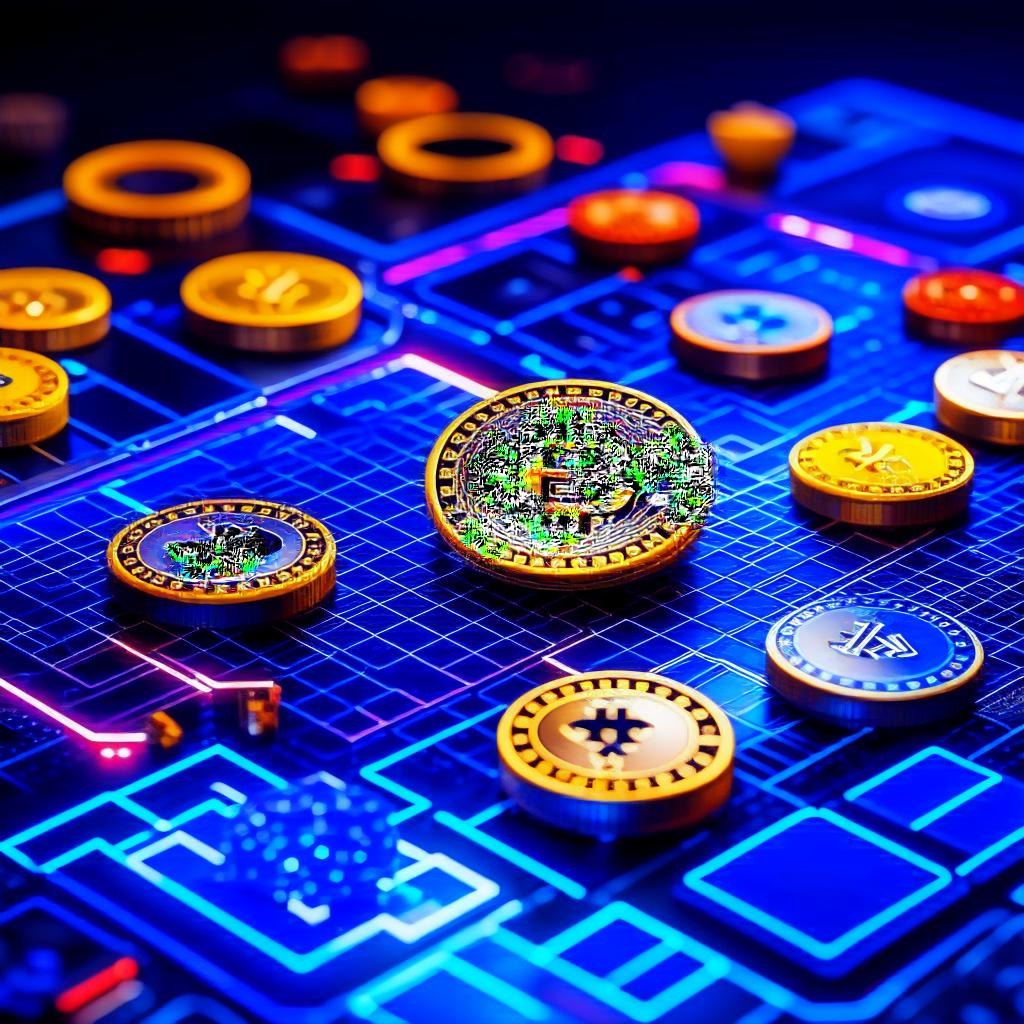
It’s just another Tuesday night, and like many around the world, I find myself hunched over my computer, headset on, fingers furiously clicking away. However, I’m not playing for entertainment or to reach a new high score; I’m playing to earn. In the rapidly evolving world of video games, the lines between play and pay are blurring, largely thanks to the advent of cryptocurrencies.
Cryptocurrency Meets Gaming: A Natural Alliance
Cryptocurrencies, decentralized digital or virtual currencies, have made massive strides in the world’s financial markets since Bitcoin’s inception in 2009 However, their role isn’t limited to Wall Street or Silicon Valley; crypto has found a comfortable niche in the heart of the gaming industry. For starters, consider how gaming companies have begun to leverage blockchain technology, the foundation of most cryptocurrencies, for both financial and logistical gains.
A fantastic example is “Fortnite”, the wildly popular online multiplayer game, which transitioned to a blockchain-based system for its in-game currency, V-Bucks Epic Games, the game’s developer, cites a more secure and decentralized financial system for its players as the reason behind this switch. Blockchain’s inherent features – transparency, security, and decentralization – dovetail perfectly with the needs of a bustling gaming economy, thereby fostering a natural alliance.
Play to Earn: The New Frontier in Gaming

Welcome to the era of ‘Play to Earn’, a trend that’s transforming gaming from a cost to a potential source of income. Traditional gaming models require players to spend money on equipment, games, and in-game assets. However, with ‘Play to Earn’, gamers can now generate real-world value from their digital endeavors
One pioneer of this model is ‘Axie Infinity’, a blockchain-based game where players breed, raise, and battle fantasy creatures called Axies Players can earn tokens through gameplay, which they can then trade for other cryptocurrencies or even fiat currencies on various crypto exchanges. With some players reportedly earning more than minimum wage, it’s easy to see why this model is attracting gamers worldwide.
Crypto: Powering the Secondary Markets
When we speak of the gaming industry’s crypto revolution, it isn’t just about playing to earn. In-game assets like weapons, skins, or even characters, have been finding their way to secondary markets for years. However, these markets have often been fraught with fraud and lack of regulation.
Crypto and blockchain come to the rescue again. Developers can now issue in-game assets as Non-Fungible Tokens (NFTs), unique digital assets stored on a blockchain. This not only ensures the legitimacy of the assets but also provides players with an avenue to monetize their gaming assets in a safe, secure manner.
Crypto Adoption Challenges: A Bumpy Ride Ahead
Like any new technology, crypto isn’t without its challenges. Regulatory uncertainty, market volatility, and concerns about energy consumption and carbon footprint associated with crypto mining continue to cause unease. Furthermore, as crypto continues to permeate the gaming industry, there are concerns around underage gamers having unfettered access to a financial system that they may not fully understand.
Conclusion: Embracing the Future of Gaming
As I wrap up my game, I realize that we’re on the cusp of a revolution in the gaming world. Cryptocurrencies are proving to be not just a financial innovation but a paradigm shift for entire industries. They’ve unlocked the potential for games to be more than just a form of entertainment.
Is the future of gaming decentralized? Will your next paycheck be in Bitcoin? Only time will tell. For now, it’s time to strap on your headset, pick up that controller, and earn while you play.